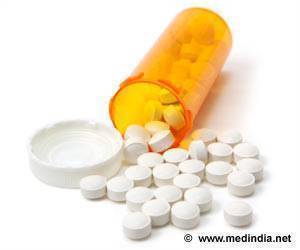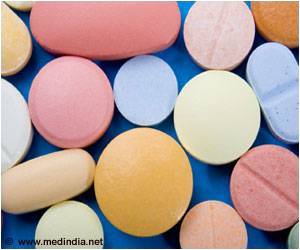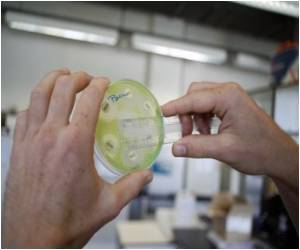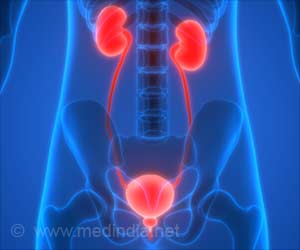The bugs are outrunning us in the race to protect society from infectious microbes. The need for new therapeutic agents is acute, given the emergence of novel pathogens as well as old foes bearing heightened antibiotic resistance.
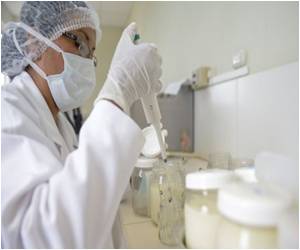
In research appearing in the journal PLOS ONE, Haydel and her graduate student, Caitlin Otto, lay out the case for clay, demonstrating that certain varieties of clay have the ability to aggressively kill a range of pathogens including E. coli and methicillin-resistant Staphylococcus aureus (MRSA) — a stubborn, highly contagious, and dangerous pathogen that has lately been the scourge of many hospitals and is a common cause of skin infections in the community. Their study further indicates that, rather than the physical particles of the clays, particular metal ions attached to the clay are likely responsible for its potent antibacterial properties.
"While some natural clays, which have absorptive properties similar to sponges, have been used topically for centuries, scientific studies investigating the antibacterial mechanisms represent a relatively new area of research," Haydel says. "With this study, we have demonstrated that the antibacterial activity of these natural clays is not dependent on the physical clay particles, but rather the abiotic, microbicidal activities of specific metal ions desorbed from the clay surface. While we are still working on mechanism of action studies, determining that specific metal ions influenced antibacterial activity was critical in leading us in the appropriate scientific directions."
Medical use of clay has a storied history. As early as 5000 years ago, clay was listed in the ancient tablets of Nippur as a wound-healing medicament. Around 1600 BC, the Ebers Papyrus—recognized as the world's oldest medical text—recommended clay for ailments including diarrhea, dysentery, tapeworm, hookworm, wounds, and abscesses. Clays came into common use in the 19th century as topical treatments for surgical wounds, demonstrating their beneficial effects for pain management, inflammation, putrefaction, and healing processes.
In their current study, Otto and Haydel examined four clay samples and their respective aqueous mineral extracts or leachates and determined that the clays exhibited different in vitro antibacterial activities against E. coli and MRSA. Mineralogically, the samples were nearly identical with 52 percent clay and 48 percent non-clay minerals, but the composition of metal ions released from the mineral surfaces varied considerably across the samples. The tests, using aqueous mineral leachates of the four clay samples, uncovered a variety of elements in varying concentrations. Based on previous studies, the research team focused on five metal ions—iron (Fe), copper (Cu), cobalt (Co), nickel (Ni), and zinc (Zn).
Source-Eurekalert

